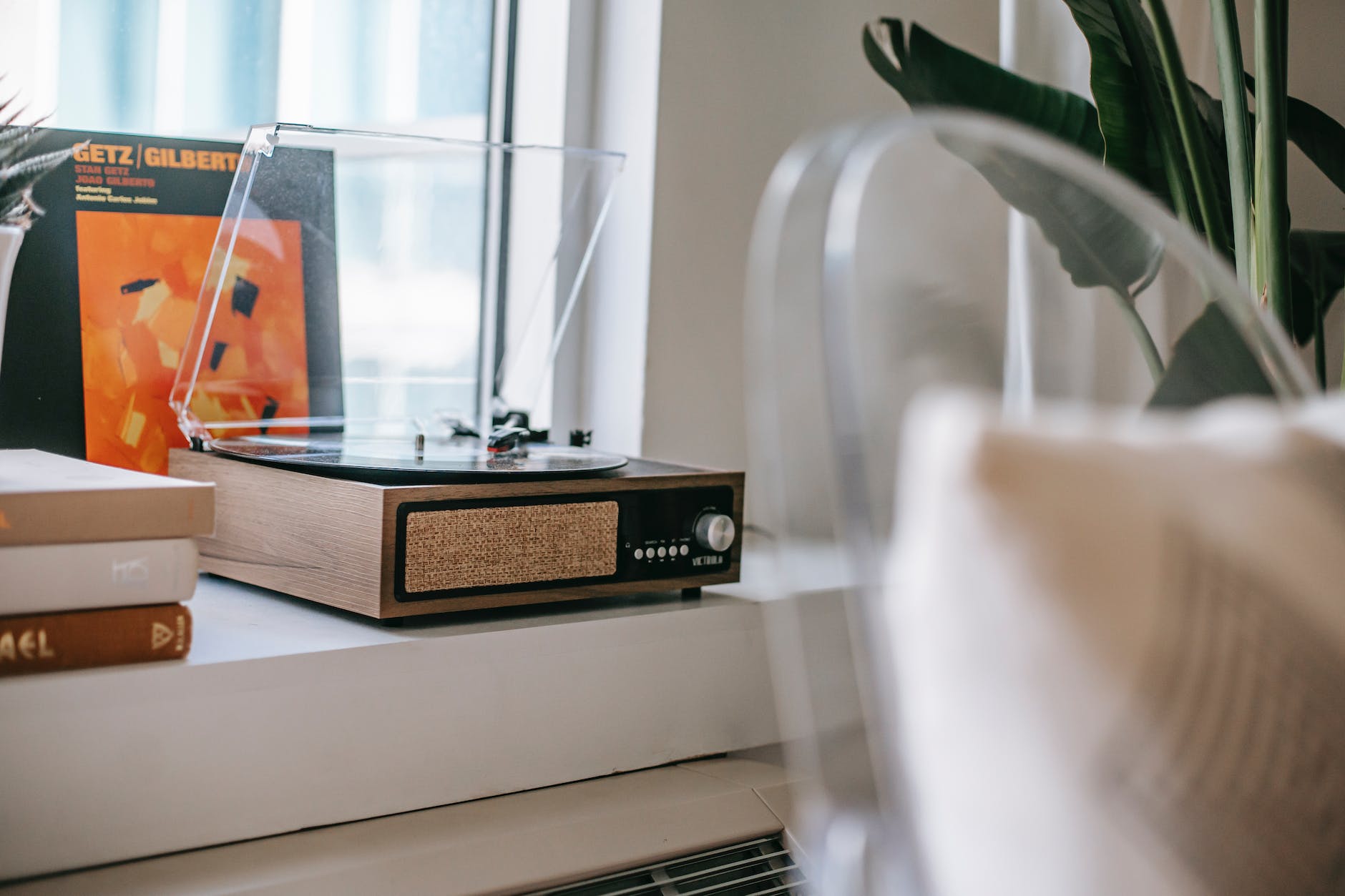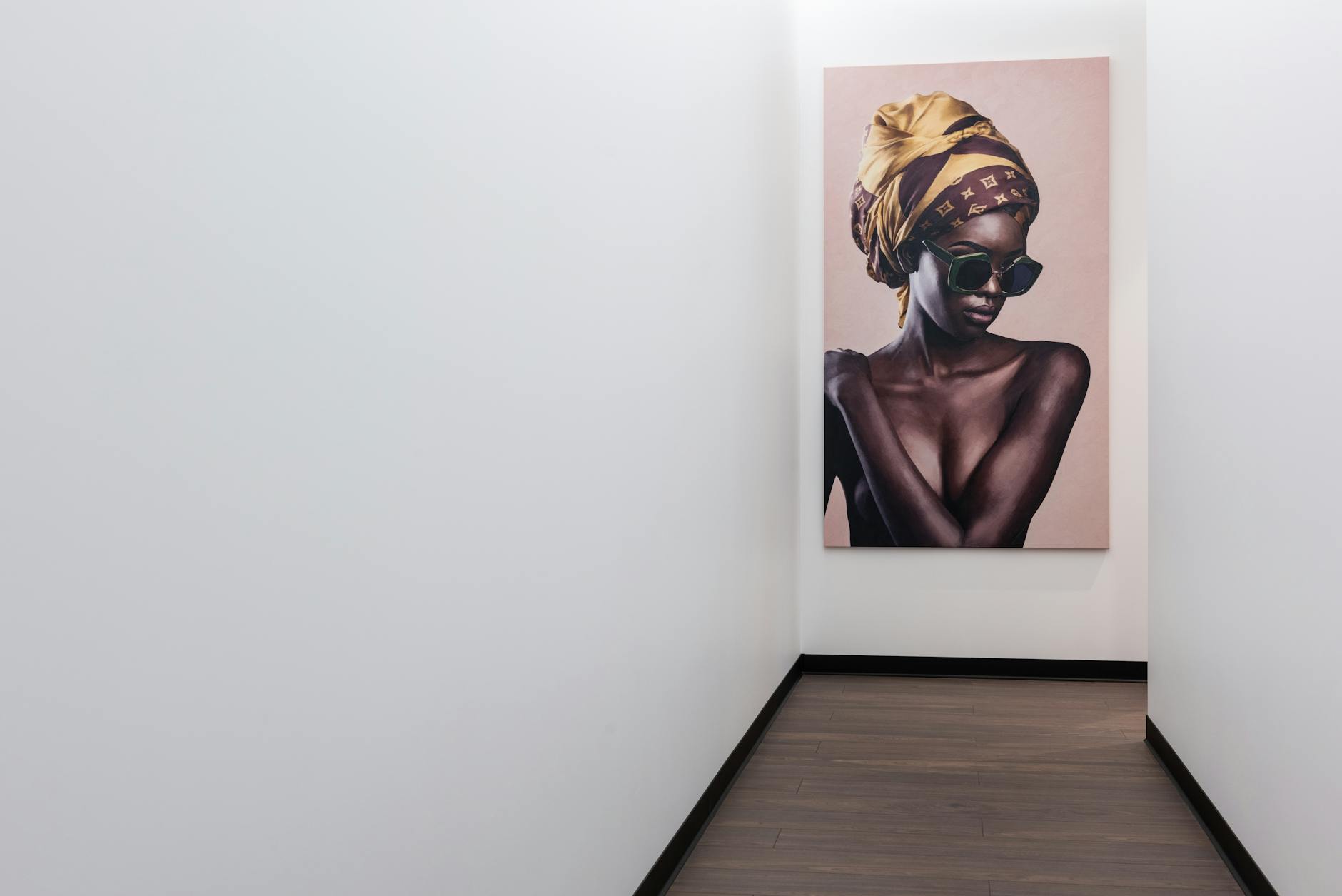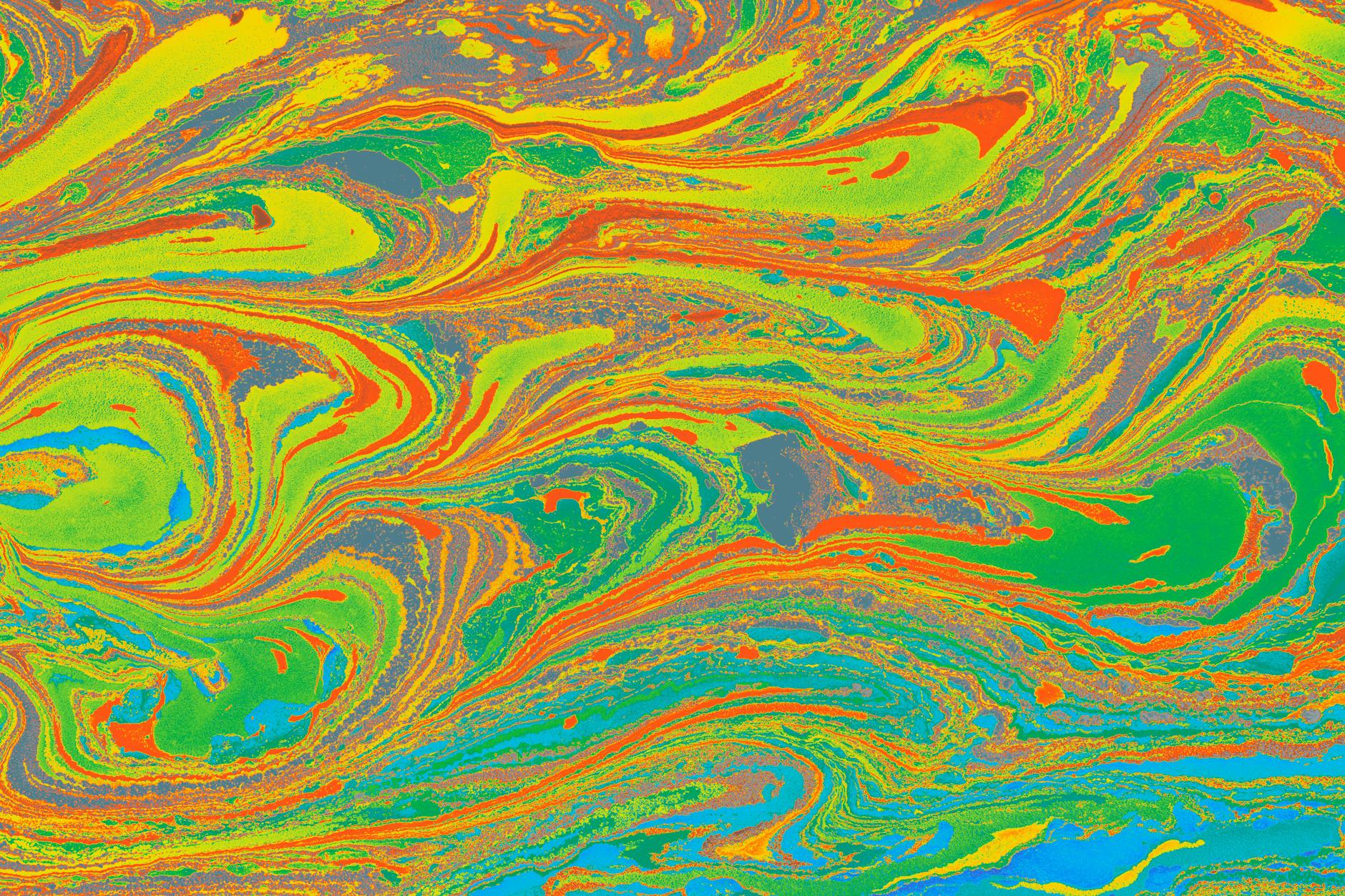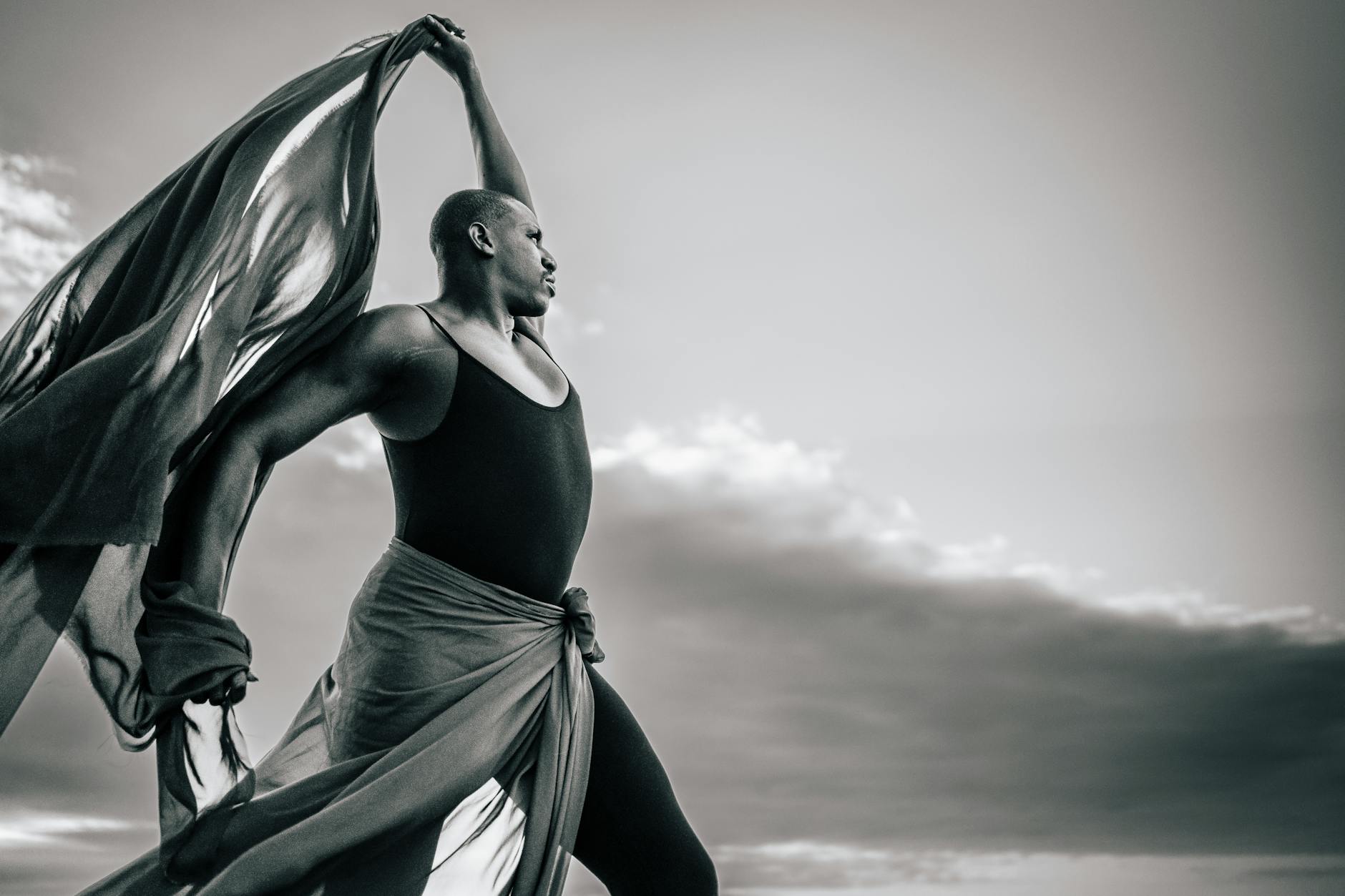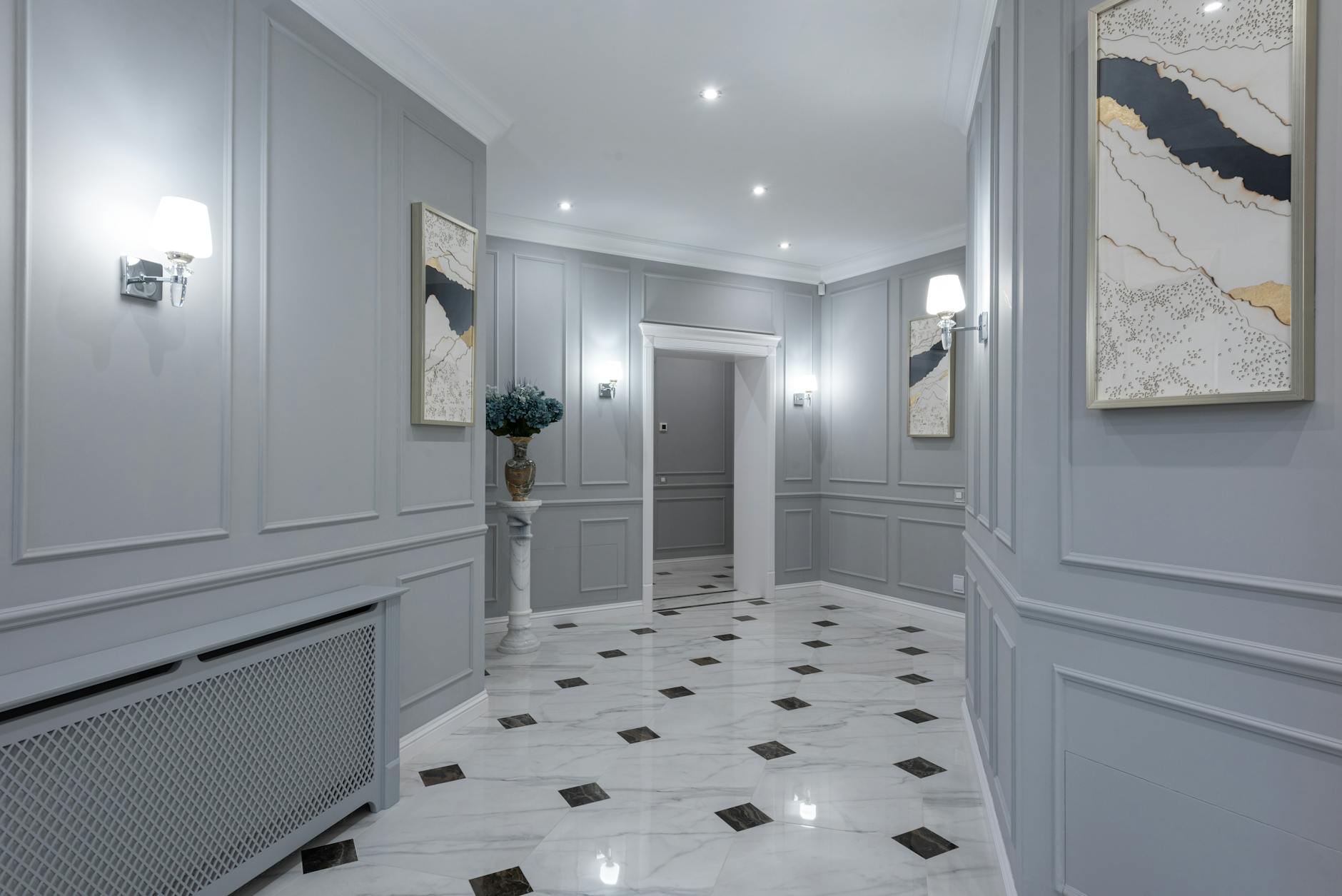From eye-popping album covers and trippy concert posters to surreal movie visuals and psychedelic patterns in fashion, psychedelic art has infiltrated mainstream culture in numerous ways. This genre of art, typified by vibrant colors, intricate designs and themes that challenge conventional thinking, has left an indelible imprint on the popular imagination.
Psychedelic art traces its roots to the counterculture movements and hallucinogenic drug experiences of the 1960s. Embracing a ‘pop art’ sensibility, it emerged as a visual representation of the sensations people experienced under the influence of substances deemed ‘psychedelic’ – manifesting the mind-bending, eye-twisting world they reportedly encountered.
A unique movement that started in the bohemian enclaves of San Francisco, psychedelic art soon found its way onto album covers and concert posters, endowing the music industry with a newfound visual persona. This kind of graphic design became iconic through bands like Pink Floyd, The Beatles, and Grateful Dead whose album covers epitomized the psychedelic era.
However, it’s not just the music industry that embraced the psychedelic wave. The world of cinema too has been significantly touched by psychedelic art. From early examples like the pop-art infused ‘Yellow Submarine’ to Stanley Kubrick’s monumental ‘2001: A Space Odyssey’, movie visuals often incorporated trippy aesthetics to provoke contemplation and stimulate sensory experiences. Contemporary movies, like ‘Enter the Void’ and ‘Fear and Loathing in Las Vegas’, continue to harness these elements, demonstrating the enduring appeal of psychedelic art in mainstream media.
Psychedelic art is not restricted to static mediums, it’s found an expressive form in fashion and textile design. The vibrant colors and hypnotic patterns associated with the movement slipped onto dresses, shirts, trousers and skirts in the 60s, and they’ve by no means left the closet. Contemporary fashion designers often revisit the aesthetic, with brands like Versace, Prada and Louis Vuitton consistently incorporating psychedelic patterns into their collections.
Beyond just aesthetics, the influence of psychedelic art has motivated a broader cultural shift. It has encouraged the breaking of boundaries in art, fueling a sense of freedom that allowed artists to explore their creativity without limits. By challenging conventional norms, psychedelic art fostered a kind of art that was bold, vibrant, and undeniably captivating.
The world of graphic design, too, witnessed a shake-up under the influence of psychedelic art, as designers poured over innovative techniques to make their work stand out. Themes of unity, spirituality, and expanded consciousness were commonly featured in this form of design, fueled by a generation seeking to break free from conventional societal norms. In multi-layered creations, graphic artists twisted, morphed, and bent images and typography to reflect the distorted sense of reality associated with a psychedelic experience.
Today’s contemporary artists continue to incorporate psychedelic elements into their work, furthering its appeal across the contemporary art landscape. Some, like Fred Tomaselli and Alex Grey, concoct astonishingly complex patterns filled with vibrancy and intrigue, while others, like Takashi Murakami, focus on creating immersive art experiences utilizing the vibrant and distortionary elements of psychedelic art.
Perhaps what makes this genre enduringly popular is its ability to surprise the senses, to present a world that defies expectations. With its vibrant colors, mind-bending patterns, and overall trippy aesthetics, psychedelic art remains a potent force in popular culture—expanding minds, stirring imagination, and forever challenging the boundaries of our perception.
In conclusion, psychedelic art’s influence on popular culture, ranging from music and movies to fashion and graphic design, reflects its pervasive and enduring appeal. A genre born in the counterculture era has found its foothold in contemporary times, infiltrating various sectors and inspiring a new generation of artists and designers. From album covers and concert posters to movie visuals and fashion, psychedelic art’s inclusion in our everyday life signifies its importance and influence—not merely as an aesthetic choice but as a symbol of thought-provoking artistic expression.




